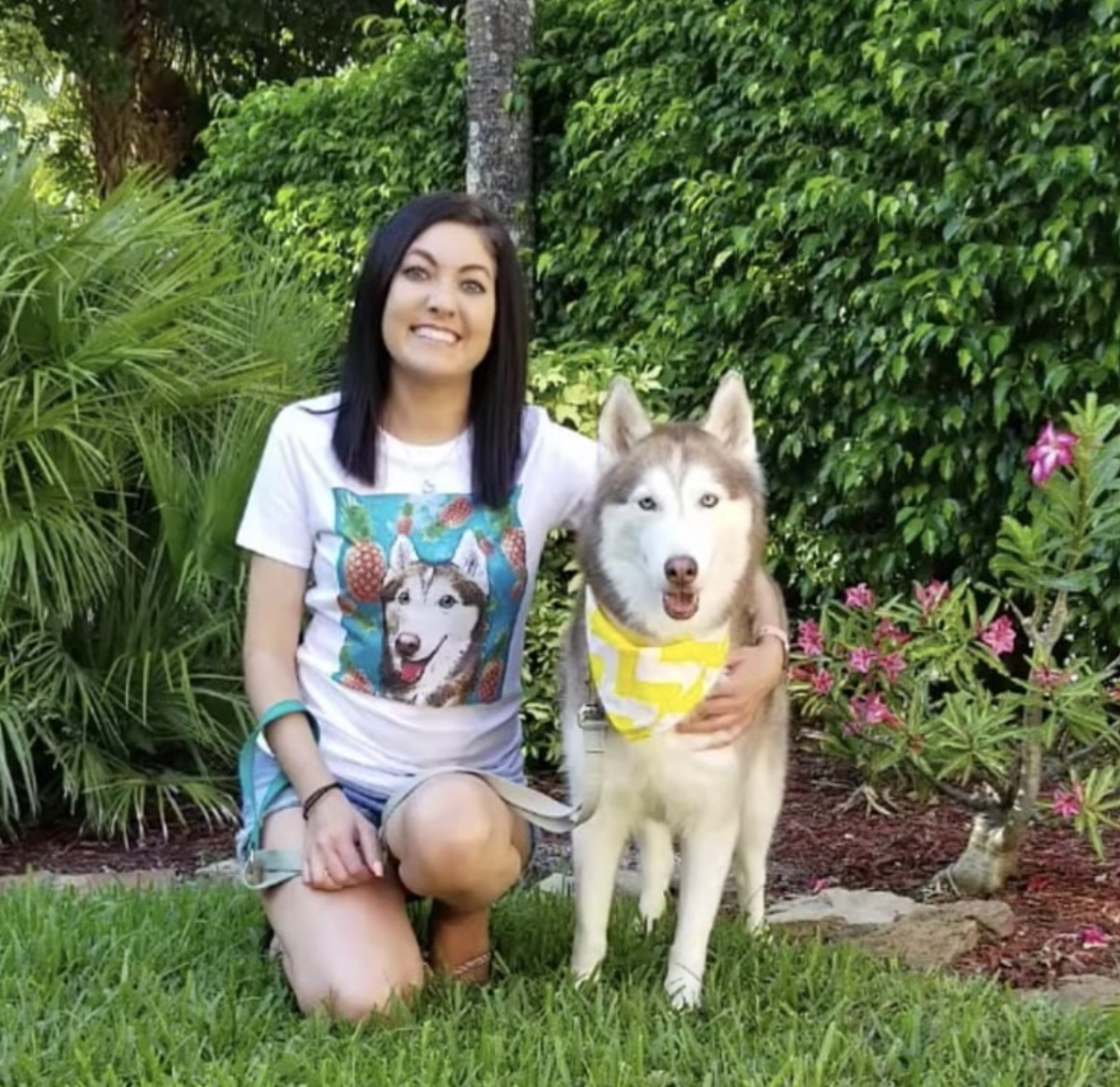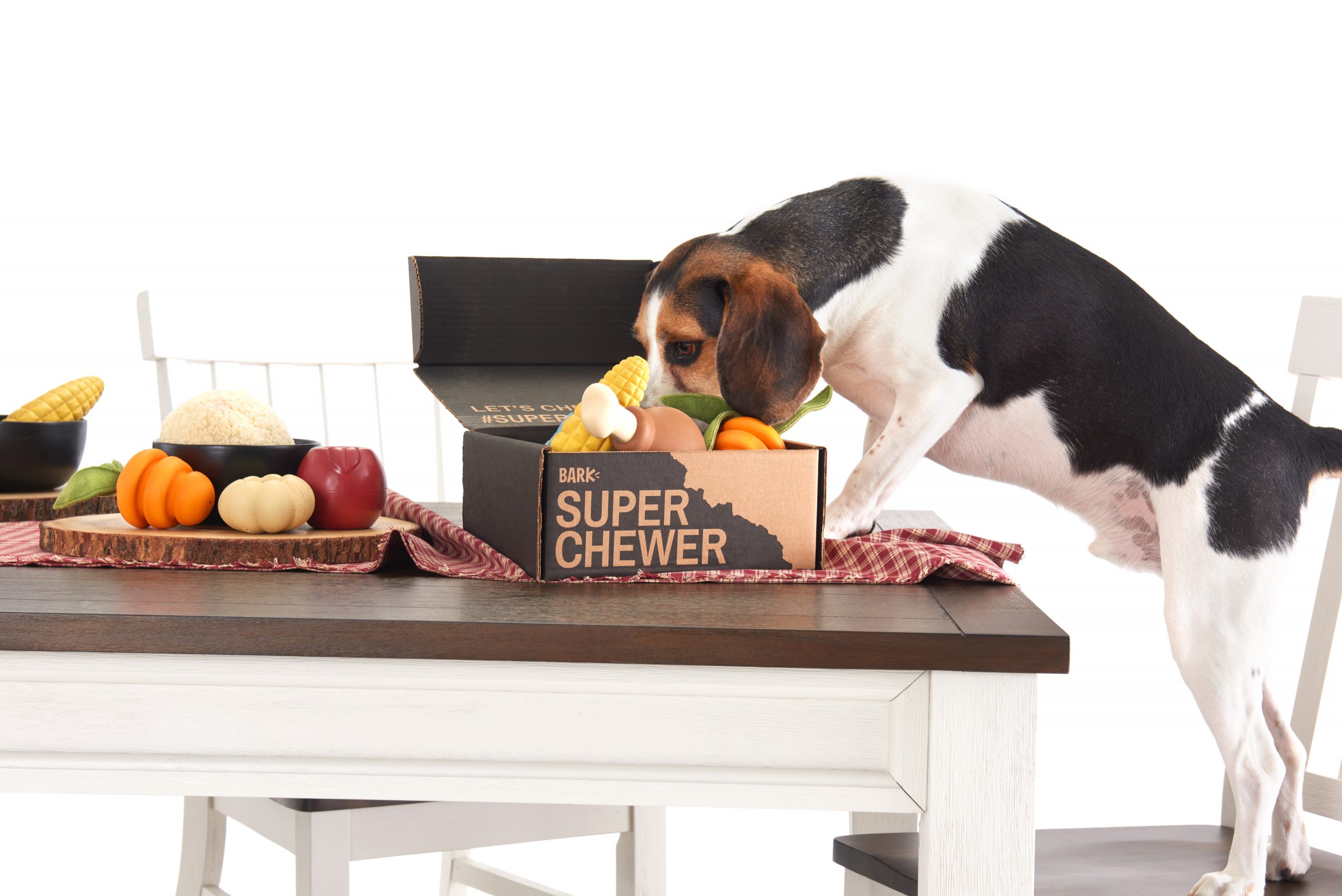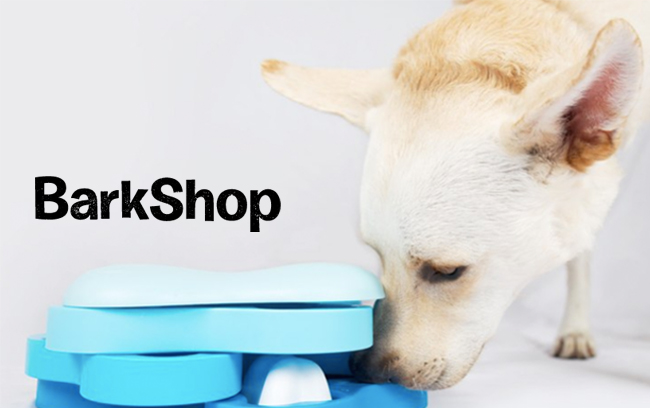Chihuahua dental problems are more prevalent than in larger breeds—they really draw the short end of the stick when it comes to dental health.
But what makes Chihuahuas prone to bad teeth and periodontal disease?
Why Are Chihuahua Dental Problems So Common?
Studies show that periodontal disease (infection and inflammation of the gums leading to tooth decay) increases as breed size decreases1. Toy breeds like Chihuahuas have a higher incidence of dental issues due to a few key traits:
- Greater tendency towards:
- Retained puppy teeth (they don’t fall out)
- Impacted teeth (adult teeth fail to erupt and form a cyst in the jaw instead)
- Missing teeth
- Malocclusions (abnormal bite—most commonly, an underbite)
- Disproportionately large teeth relative to jaw size
- Causes crowding as a result of squeezing all 42 teeth into a tiny mouth
- Increases the risk for jaw fracture
Retained Puppy Teeth
Puppies usually begin to lose their puppy teeth around 14 weeks old2. Chihuahuas and other toy breeds sometimes retain those teeth (they never fall out—we don’t know why), which leads to overcrowding. If the problem goes unnoticed and untreated by a veterinarian—usually by means of tooth extraction—these retained puppy teeth begin to contribute to oral health issues because they sabotage the health of the adult tooth meant to replace them3. Basically, there are two cars trying to fit into one parking spot.
Related Article: When Do Puppies Lose Their Baby Teeth?
Impacted Teeth
When adult teeth fail to erupt (another mystery), the unerupted tooth can remain buried in the jaw and may eventually form a cyst. As the cyst grows, it can compromise or destroy parts of the jaw, and even cause pain or swelling down the line. The damage can be prevented by prompt detection and extraction of unerupted adult teeth.
Missing Teeth
Sometimes the adult tooth just doesn’t exist. This doesn’t usually cause problems, but it’s important to confirm that the tooth is in fact missing and not impacted.
Malocclusions
A malocclusion means that, when the mouth is closed, the teeth do not interlock the way they should. Probably the most common malocclusion that we see in dogs is an underbite. Although one might find them cute, underbites and other malocclusions can cause teeth to bump up against soft tissue in the mouth (that’s never supposed to happen) or directly against other teeth (also not supposed to happen).
These abnormal contacts can cause significant injury to the gums or hard palate, as well as to the teeth themselves. Tooth-on-tooth contact means that every time the dog closes its mouth, those teeth are crashing against each other. This can lead to serious attrition (wearing down) of those teeth, and even death of the pulp (the living part of the tooth).
Sometimes, malocclusions in puppies can cause some teeth to block the normal eruption of others.
Whenever any of the above things are happening, strategic extractions of some teeth may be recommended to preserve the health and comfort of the rest of the mouth.
Tooth Crowding
Dogs typically have 42 permanent adult teeth, and the size of the teeth themselves is not always proportional to the size of the dog. In fact, tooth size is pretty resistant to breed shrinkage. This means that toy breed dogs have teeth that are, objectively, just too big for their mouths. This translates to two things: overcrowding, and jaw integrity problems.
Why is overcrowding a problem?
Well, imagine when you floss your own teeth (you know, assuming that you do floss like you always tell your dentist). You might have trouble getting the floss between some teeth more than others—probably because they’re packed tightly together. When teeth are too crowded, it becomes difficult to thoroughly clean them. This results in a great breeding ground for bacteria, especially among stuck food particles.
How is jaw integrity impacted?
Well, when too-large teeth sit in the jaw, the roots take up more space. This causes weak spots in the jaw where the bone isn’t as thick as it should be. These weak spots leave dogs vulnerable to jaw fracture, especially if they have active dental disease that could also be destroying the jaw bone they actually do have in those spots.
How Do I Know If My Chihuahua Has Dental Problems?
First, and most importantly, you may not be able to tell whether your Chihuahua has dental problems. Some problems are only found on x-rays or via probing, despite being very painful, because dogs are really good at living with and hiding discomfort (wayyyyy better than we are). That said, there may be times when there are hints that something isn’t right:
- Bad breath
- Reluctance to chew
- Bleeding gums
- Drooling excessively
- Loose or broken teeth
- Discolored teeth
- Facial swelling
If you are concerned that your dog’s teeth are causing a problem, get them checked out by your vet ASAP! Remember to also have your vet look at (and ideally do a full, anesthetized dental cleaning) regularly, since a lot of doggie dental disease is impossible for us to catch at home. Regular dental care at home can help slow progression of dental disease, and veterinary dental care can provide crucial intervention to resolve or even prevent disease. In doggie dental health, teamwork between home and vet is key!
Neglected teeth cause pain and the potential need for tooth extraction, and can affect kidney4, liver, and heart function5, too. Make it a habit brush and inspect your Chihuahua’s teeth and gums on a daily basis. You won’t be able to identify abnormal symptoms unless you’re aware of what your Chihuahua’s “normal” is!
How To Prevent Tooth Decay & Other Dental Problems In Chihuahuas
Be Thoughtful In Your Chew Toy Selections
Make sure to provide your Chihuahua with chew toys that provide some “scrubbing” action on their teeth as they chew, but also have enough “give.” At minimum, you should be able to dent them with your fingernail to avoid damaging your pup’s tiny teeth.
Brush Their Teeth Daily
Brushing your Chihuahua’s teeth is the most important step you can take to prevent dental problems. Use a soft-bristled toothbrush or finger brush along with a tasty, dog-safe toothpaste. If your dog struggles with manual brushing, consider a dental chew and toothpaste system to get the maximum benefits from your daily dental routine.
Do NOT use human toothpaste to brush your Chihuahua’s teeth—they contain ingredients that are toxic to dogs even in small amounts.
Professional Dental Cleanings
It’s vital to keep your Chihuahua up to date with their vet visits—including thorough dental exams. Follow your veterinarian’s recommendations for how often your pup should have professional dental cleanings.
This article has been reviewed by Dr. Margot Hennet.
Sources
1Harvey CE, Shofer FS, Laster L. Association of Age and Body Weight with Periodontal Disease in North American Dogs. Journal of Veterinary Dentistry. 1994;11(3):94-105, https://journals.sagepub.com/doi/pdf/10.1177/089875649401100301.
2Reiter, Alexander M. “Dental Disorders of Dogs – Dog Owners.” Merck Veterinary Manual, Merck Veterinary Manual, 22 Mar. 2022, https://www.merckvetmanual.com/dog-owners/digestive-disorders-of-dogs/dental-disorders-of-dogs?query=periodontal+disease.
3Kangas DVM, Katie B. “Are Small Dogs More Prone to Dental Problems?” Animal Wellness Magazine, 25 Jan. 2019, https://animalwellnessmagazine.com/small-dogs-dental-problems/.
4Hall, J. A., Forman, F. J., Bobe, G., Farace, G., & Yerramilli, M. (2021). The impact of periodontal disease and dental cleaning procedures on serum and urine kidney biomarkers in dogs and cats. PLOS ONE, 16(7). https://doi.org/10.1371/journal.pone.0255310
5Glickman, L. T., Glickman, N. W., Moore, G. E., Goldstein, G. S., & Lewis, H. B. (2009). Evaluation of the risk of endocarditis and other cardiovascular events on the basis of the severity of periodontal disease in dogs. Journal of the American Veterinary Medical Association, 234(4), 486–494. https://doi.org/10.2460/javma.234.4.486







